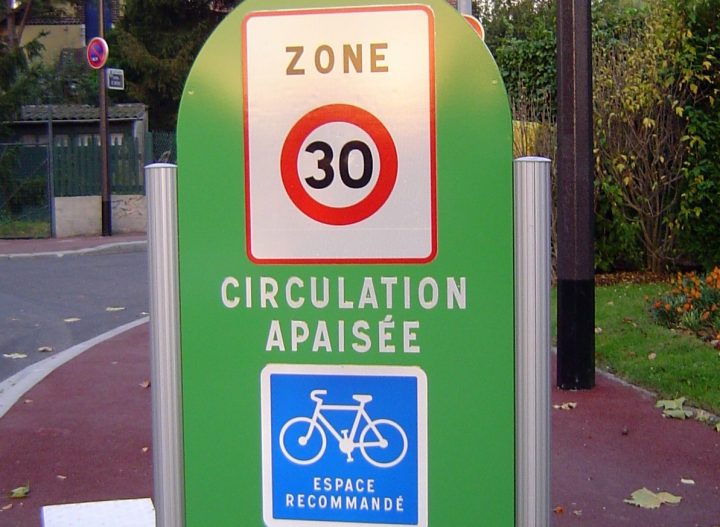Yonge is an incredibly vibrant and dynamic street, there is absolutely no doubt about that.
Yonges problem is that it is shockingly ugly and considering the amount of pedestrian traffic it gets, it is probably the most pedestrian unfriendly main street in the city. The sidewalks are thin, uneven, and the streets cape is unattractive. Seriously, name me the number of places you can sit outside and have a meal or just coffee on Yonge and then compare it to Queen, King, Church, College, Danforth, Yonge could be a real centre piece but the city just does not want to give up a single meter to the car. I think the entire street should be 100% pedestrian only from Bloor to King but I appreciate that is too wild for Toronto. Outside of that, the entire stretch from Dupont all the way to Union should be based upon London Dundas Place flex street.......................double the width of the sidewalks, get rid of all buses and bike lanes, create an attractive and welcoming street scape, and allow the street to be completely shut down at a moments notice. London can safely shut down it 4 block stretch in just 5 minutes.
Toronto doesnt need to reinvent the wheel, just look down the road a couple hundred km to see how it is done. What lacking in Toronto, which wasnt lacking in London, is the political will and willingness to clearly state that the cars are secondary to the needs of pedestrians.





